I first saw a red light district in a movie. Adorned with lights, women in these places were shown in a stereotypical attire with conventional expressions and accents. However, as I grew older, films like ‘Gangubai Kathiawadi’ and ‘Begum Jaan’, changed this narrative that I was carrying in my mind, to a large extent.
And then I visited a red light district myself: Amsterdam’s De Wallen Street, which is one of the oldest and biggest such zones in the world; and I must admit, it was unlike anything I had seen in any form of entertainment. It was buzzing with thousands of people, making the place very safe. That night made me realize that these neighborhoods have a history that is not shown or taught anywhere.
Hence, we decided to do some research about the world’s oldest red-light areas and the stories behind them.
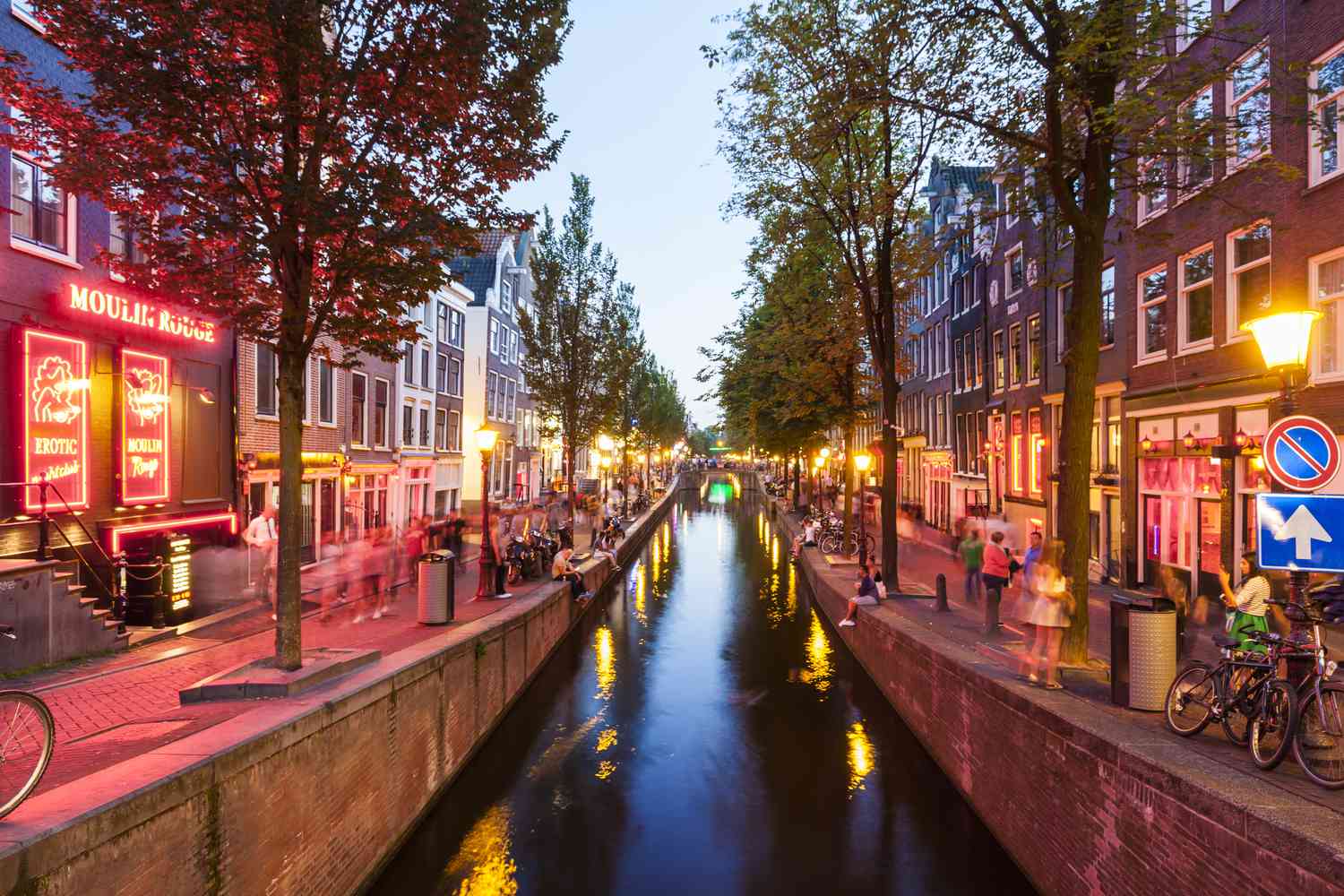
1. Kamathipura, Mumbai, India
In the 1880s, the colonial authorities declared this area as a zone that would allow European sex workers and this started prostitution in the area. Indian sex workers moved into the area after India gained independence. One of Asia’s oldest red-light districts, Kamathipura is also the second-largest in the nation after Sonagachi in Kolkata.
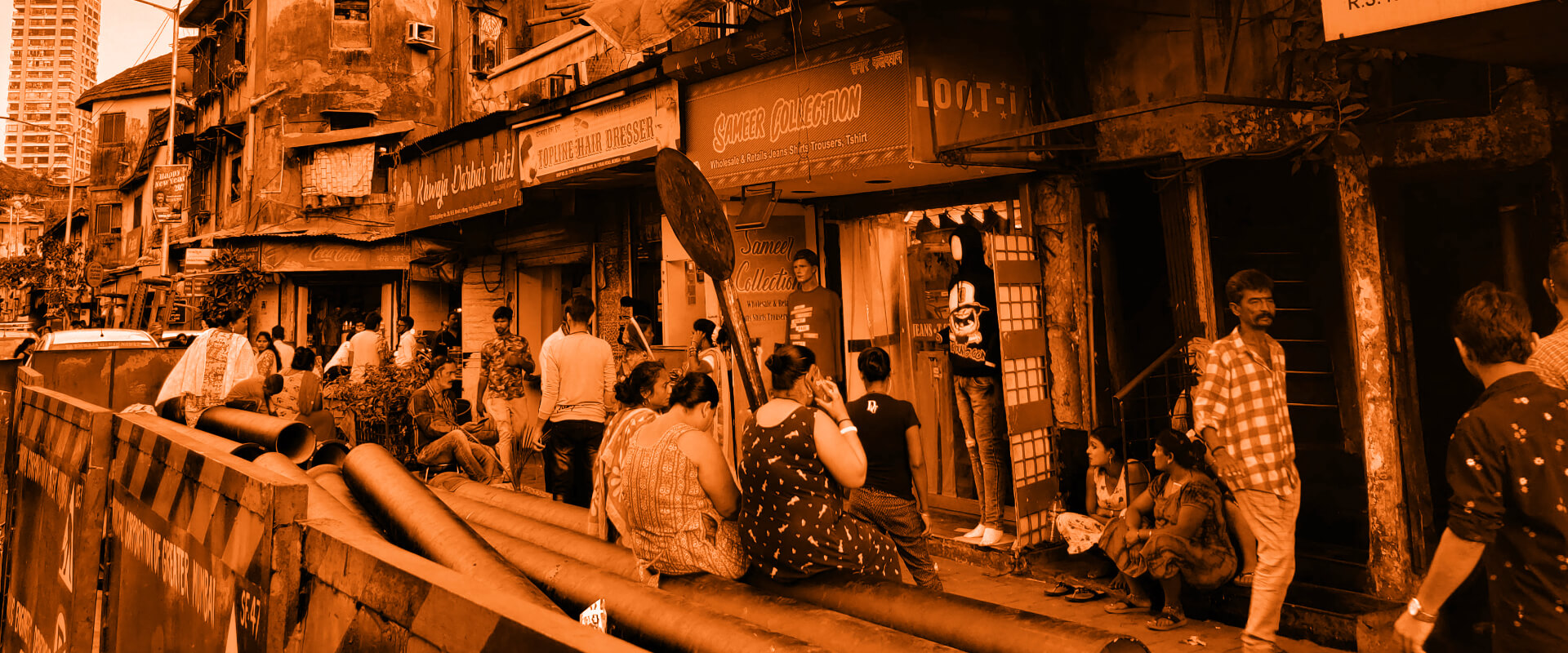
2. De Wallen, Netherlands
Being one of the largest and oldest red-light districts in Amsterdam, it was originally a trading port. In 1270, the area was built around a bridge that connected the city’s islands, making it a vibrant urban center. Among its diverse inhabitants were sex workers, who played a crucial role in its early history. Notably, sailors were among their frequent clients. Vikas Bahl’s Queen had some scenes showcasing the red-hued windows.
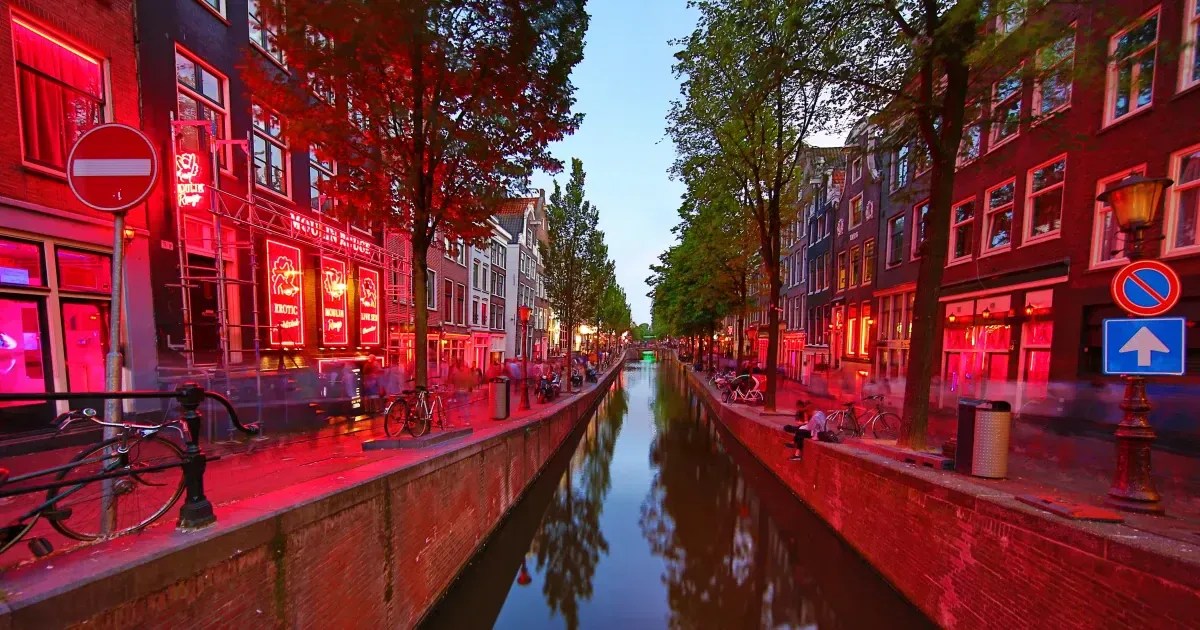
3. Heera Mandi, Pakistan
During the Mughal era, this area was the center of the sex work culture. In that era, women from Afghanistan and Uzbekistan were ‘brought’ to the region and later, women from the Indian subcontinent also joined. Allegedly named after the PM of Lahore’s Sikh Kingdom, Hira Singh, this location was initially a grain market. Also known as Shahi Mohalla, this red-light district seems like a regular market known for its food, khussa shops and musical instrument stores. However, as night falls, a different element of the area reveals itself.
Sanjay Leela Bhansali’s upcoming history-drama, Heeramandi, is based on the stories of love and betrayal from the mandi. The stories of the courtesans from this area became famous in the fiction world. Anarkali, a courtesan from the Mughal court in Lahore, engaged in a forbidden romance with Prince Salim. It is said that his father sealed her in a wall, where she died. This instance allegedly inspired K. Asif’s Mughal-E-Azam.
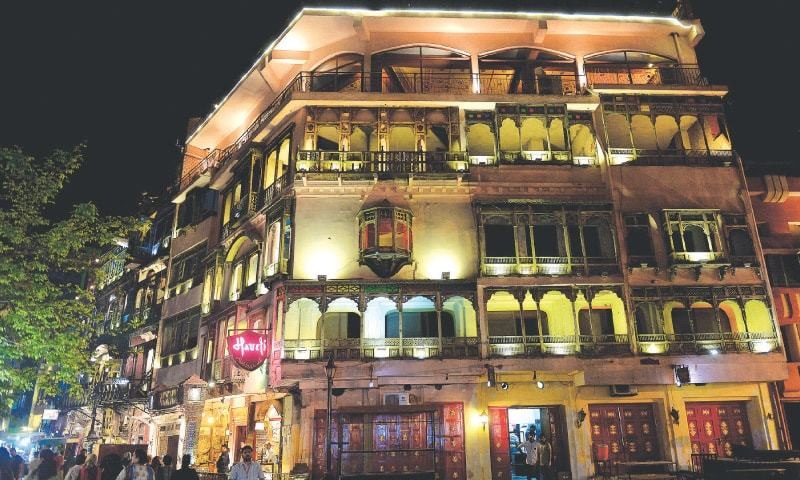
4. Patpong Market, Thailand
The oldest red-light neighborhood in Bangkok has two streets with several markets around it. This location was a banana plantation for several decades. In 1946, Luang Patpongpanich, an immigrant, bought the plantation to construct a house for his family. However, his son built shophouses on the road when he inherited the land. Later, he gave the shophouses to different tenants and it became an infamous red-light district. It opens daily and takes on a different mood after 7 in the evening. Some scenes from Todd Phillips’ Hangover 2 were shot in this area.
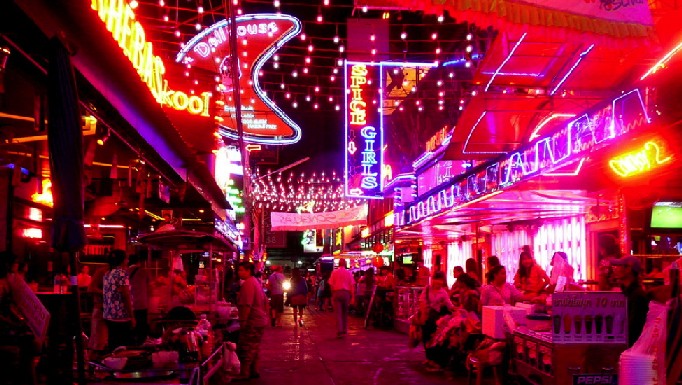
5. Pigalle, Paris
This red-light district is all about the well-known sex stores, theatres and adult shows. In the 1880s, several cabarets were started in the area. Although initially famous among bohemian circles, the establishment of the Moulin Rouge brought about a transformative revolution within the neighborhood. Interestingly, over two thousand women were working in the 177 adult establishments during the 1930s.
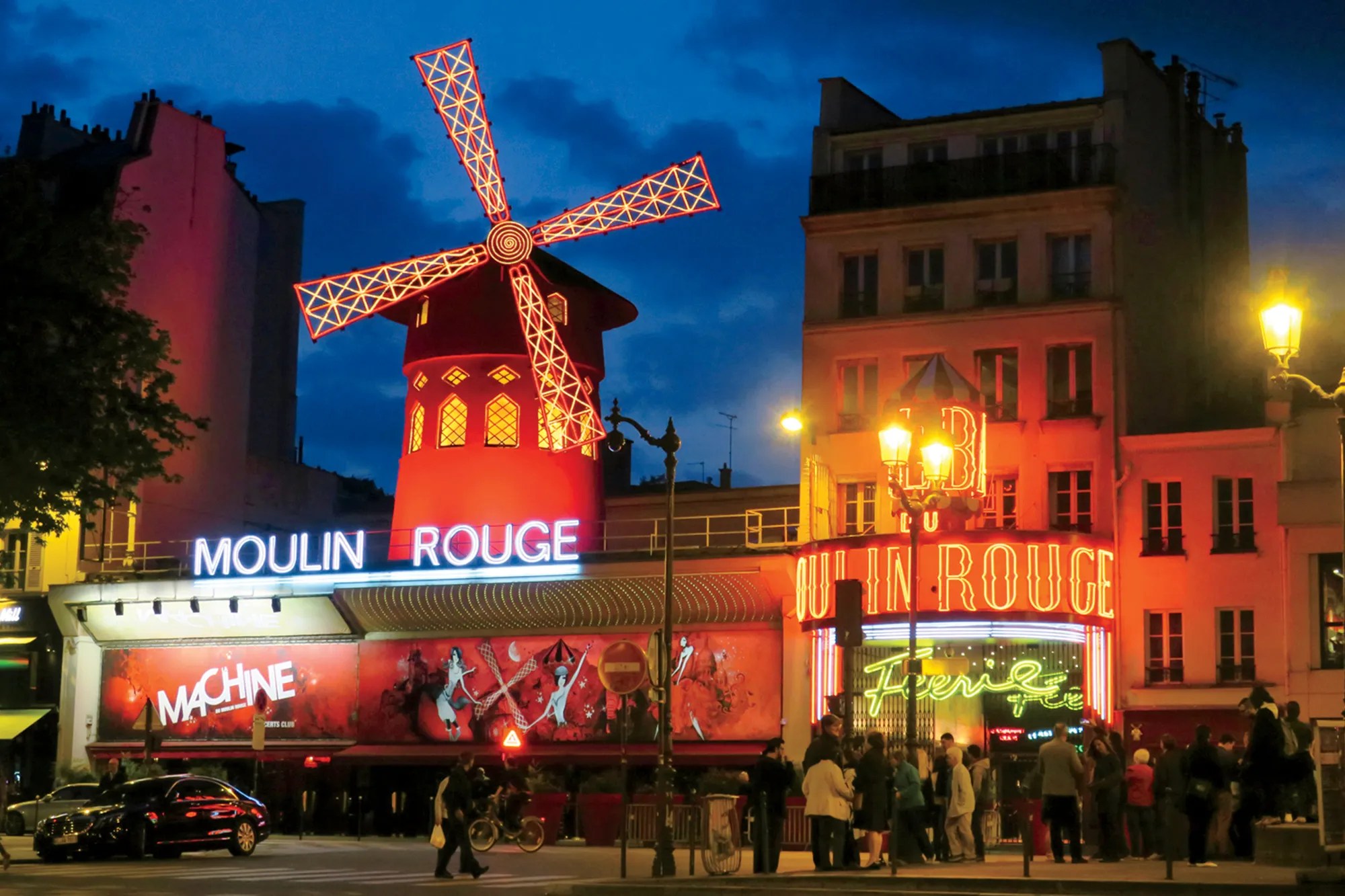
6. Vila Mimosa, Brazil
Brazil’s largest and oldest red-light district attracts over four thousand visitors in a day, which generates about ₹71 lakhs each month. During the war in 1917, Slavic women faced dire circumstances without money and husbands. Hence, they started adult establishments in Laranjeiras, which is now known as Vila Mimosa – the well-known ‘naughty’ area of the country.
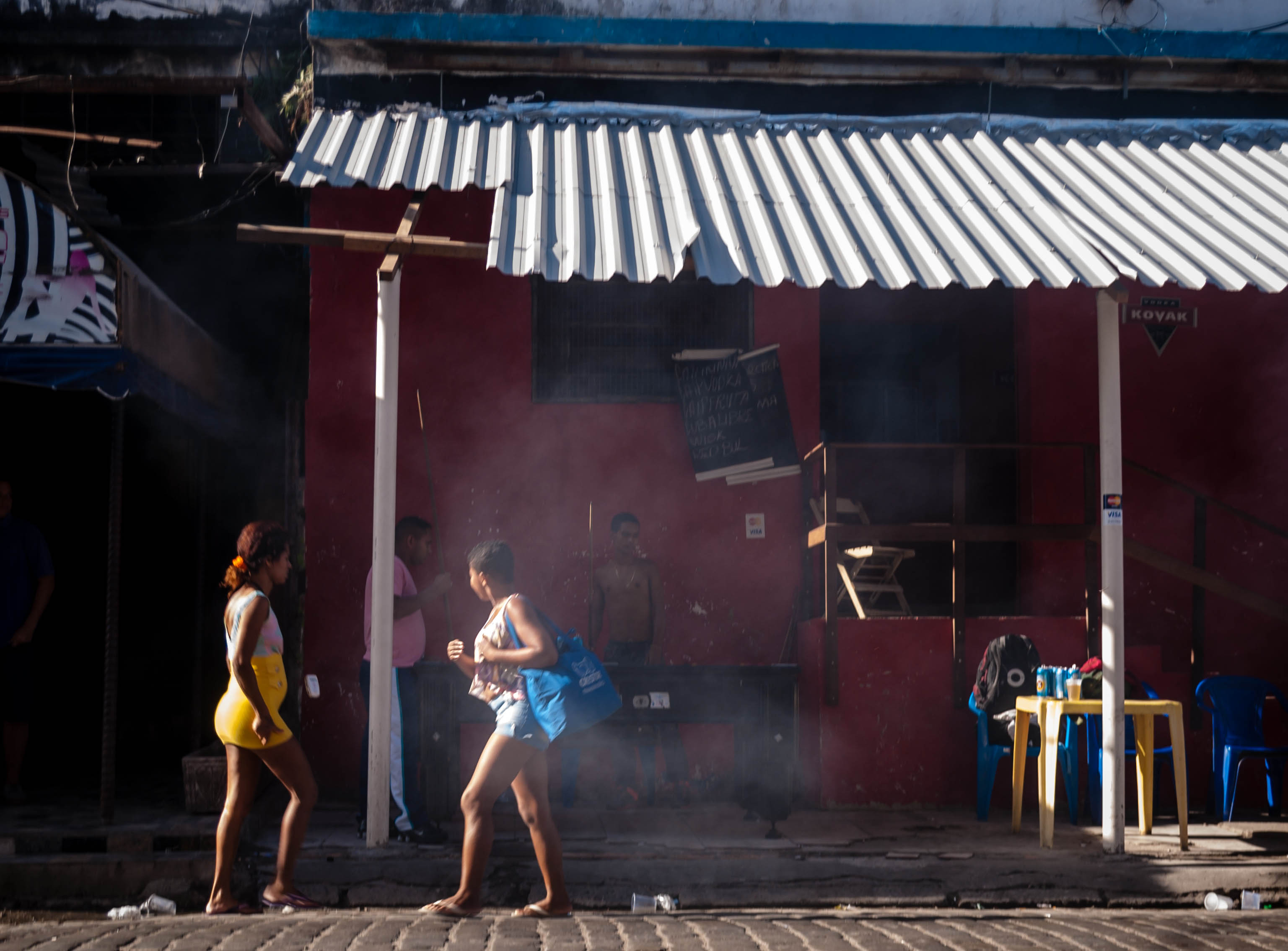
7. Garstin Bastion Road, India
During the Mughal rule, there were five adult establishments in New Delhi. Later, during the British Raj, Commissioner Garstin Bastion merged all five districts into one and it was named GB Road. With over 100 houses now, it is one of the most famous red-light zones across the world.
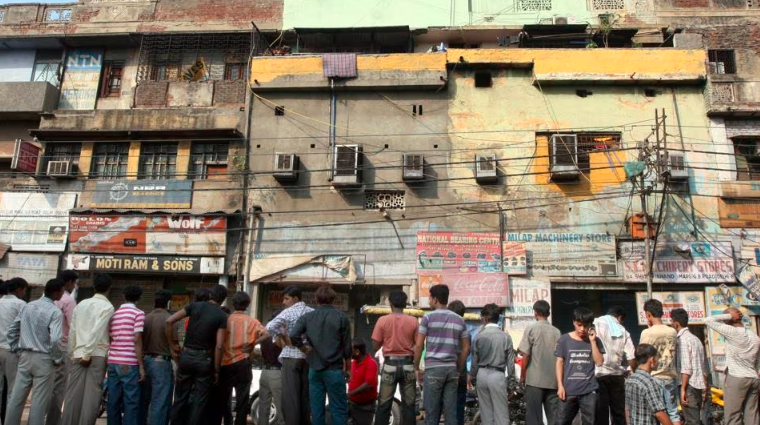
The element of sex trafficking that is prevalent in most of these places is a consistent cause for concern. However, the stigma is often directed towards sex workers and the act of sex work, which is unfair. We need to have a direct conversation about these things and the lives of people who do this job – no matter what their reason is.
The places they live and work are naturally important to them, and that in turn makes it important for us to learn more.














